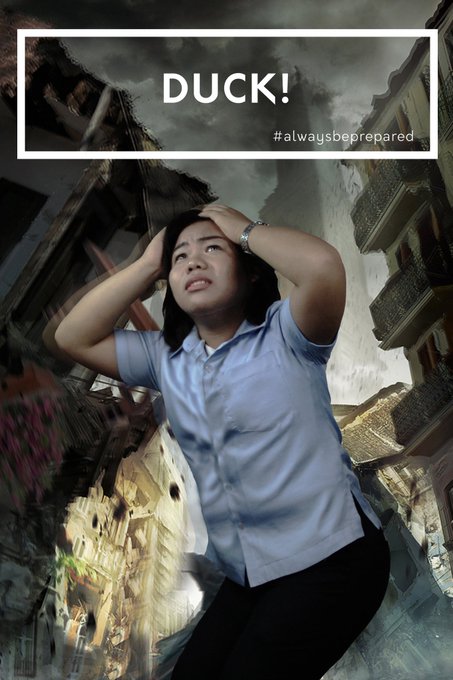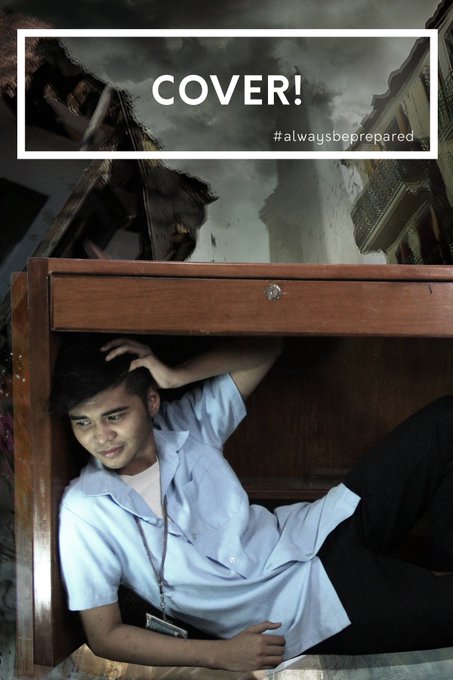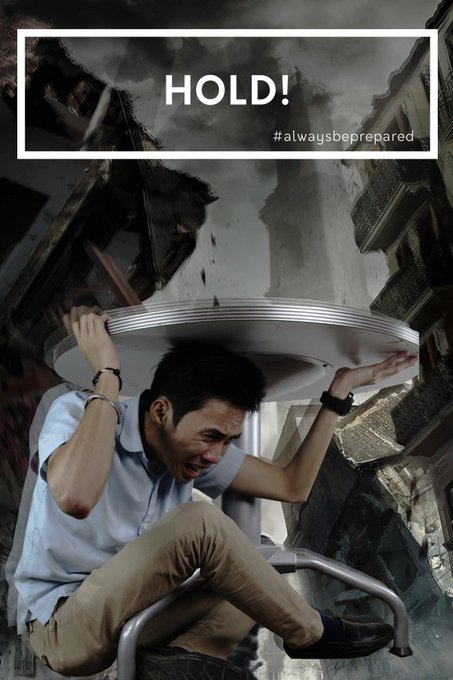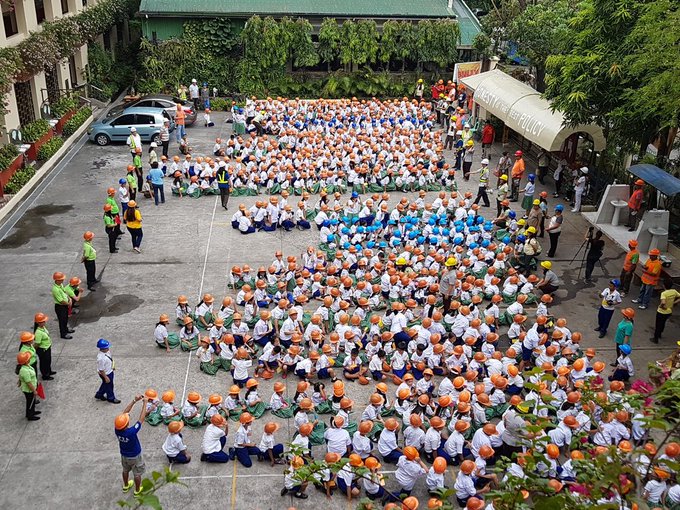Manila
A taxi dangles precariously over a bridge, three dead bodies float in the murky river, a child wails as his mother is trapped under a huge billboard on the side of a highway.
These are some of the many dramatic earthquake drill scenarios during the second annual nationwide earthquake drill held in the Philippines yesterday (June 22). “We hope to institutionalize this exercise so that the public may develop a culture of preparedness,” explained Emerson Carlos, chair of the Metropolitan Manila Development Authority (MMDA) in a June 20 statement.
The capital region of Metro Manila has been a particular focus for the heightened earthquake education initiatives. The West Valley fault line—which cuts through several cities in the densely populated region and has been dormant for about 400 years—could cause a 7.2 magnitude earthquake according to the Philippine Institute of Volcanology and Seismology. The MMDA says that some 30,000 people could perish from such an earthquake. With a new website, high resolution maps, and a vibrant social media campaign, the MMDA has been stepping up efforts to prepare its 12 million residents for impending disaster.

Matching the intensity of their planning is the creativity and Hollywood-inspired apocalyptic scenarios that the MMDA designed for the drill. Along Guadalupe Bridge near the Makati business district, some 20 MMDA employees have been recruited to play the role of earthquake casualties. With the Filipino’s joyful flair for drama, blue-clad employees showed up with fake blood on their faces and practiced the most convincing “dying” poses as the minutes ticked to 9:00am drill start time. “We used lipstick to make the wounds and fake blood,” explained an MMDA employee. A mother urges her child Venice to practice her crying for the main event.

MMDA staged several doomsday scenarios: fires, looting, collapsing buildings, water rescues, train derailment to test their systems. The agency also brokered a deal with offline messaging provider FireChatthat will enable Filipinos to send free messages in the event of a disaster.
Schools, private businesses offices, hospitals, and airports around the country took part in the drill, many designing their own creative campaigns and practicing for unique emergency scenarios.
Surveying the drill, Philippine officials declared the operation successful, primarily because of the media coverage, as Rappler reports. The hashtag #MMShakeDrill garnered 3.5 billion impressions in just four hours.”The endpoint of this is to disseminate information to everyone so that many will survive when the time comes,” said MMDA operations officer Manny Miro.














No comments :
Post a Comment